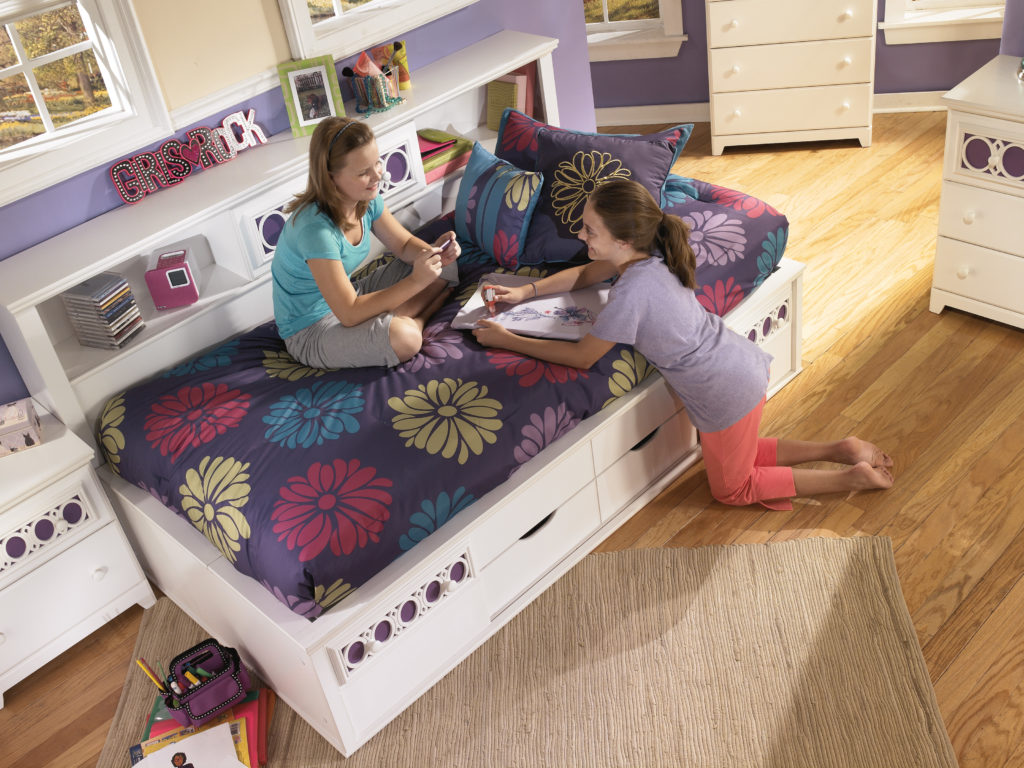When it comes to creating the perfect children’s bedroom or playroom, the possibilities are endless. From whimsical fairytales to adventurous jungle safaris, the themes you choose can set the stage for hours of imaginative play and restful nights of sleep. In this article, we will explore some of the top themes for children’s bedrooms and playrooms that will inspire and delight both kids and parents alike. So let’s dive into the world of creativity and design, and discover the perfect theme for your child’s space!

Vibrant Color Schemes to Stimulate Creativity
One popular theme for children’s bedrooms and playrooms is the vibrant “Under the Sea” color scheme. This theme incorporates shades of blue, green, and yellow to create a calming and imaginative space for kids to relax and play. Decorate with sea creature wall decals, beach-inspired bedding, and ocean-themed toys to complete the look.
Another exciting theme is the “Jungle Safari” color scheme, which features a mix of earthy tones like green, brown, and orange. Create a jungle oasis with leafy wallpaper, animal prints, and plush safari animals. Add a touch of adventure with a canopy bed or treehouse-inspired play area for endless fun and creativity.
For a more whimsical vibe, consider the “Rainbow Dreams” color scheme, featuring a colorful array of red, orange, yellow, green, blue, and purple. Incorporate rainbow bedding, wall art, rugs, and curtains to bring a cheerful and playful atmosphere to the room. Let your child’s imagination soar with this vibrant and energizing theme. Embrace the magic of color with these top themes for children’s bedrooms and playrooms!
Interactive and Educational Wall Murals
Some of the most popular themes for children’s bedrooms and playrooms when it comes to include:
Outer Space Adventure
- Planets
- Aliens
- Spaceships
Underwater World
- Marine Life
- Corals
- Submarine
Enchanted Forest
- Fairies
- Unicorns
- Magical Creatures
Jungle Safari
- Wild Animals
- Tropical Plants
- Explorer Adventure
Imagine your child’s room transformed into a captivating outer space adventure or a magical underwater world. These themes not only create an immersive environment but also provide endless opportunities for learning and imaginative play. Whether your little one dreams of exploring the depths of the ocean or venturing into space, these are sure to inspire and delight.
Functional and Fun Storage Solutions
When designing children’s bedrooms and playrooms, it is important to consider both functionality and fun. One popular theme for these spaces is a jungle safari, featuring bold colors, animal prints, and plenty of storage solutions to keep toys and books organized. Utilize animal-shaped baskets or bins to add a playful touch, while also providing a practical way to keep clutter at bay.
Another favorite theme for children’s rooms is outer space, with celestial motifs, glowing stars, and rocket ship accents. Incorporate storage cubes in the shape of planets or use wall-mounted shelves in the form of rockets to store books and toys. These space-themed storage solutions not only add a touch of whimsy to the room but also help keep the space tidy and organized.
For those who prefer a more gender-neutral theme, a nature-inspired design can be a great choice. Think woodland creatures, floral patterns, and earthy tones. Incorporate tree-shaped bookshelves or leaf-shaped containers for a creative yet functional storage solution. This organic theme brings the beauty of the outdoors inside while providing ample storage options for a child’s bedroom or playroom.
Incorporating Natural Elements for a Calming Environment
When designing children’s bedrooms and playrooms, incorporating natural elements can create a calming and soothing environment that promotes relaxation and creativity.
One way to incorporate natural elements is by using earthy tones such as soft greens, browns, and blues for the walls, furniture, and decor. These colors mimic the outdoors and help create a sense of tranquility.
Another idea is to bring in elements from nature such as plants, rocks, and wood. Adding potted plants or a small indoor garden can help purify the air and add a touch of greenery to the space. Rocks and wood accents can add texture and a sense of grounding to the room.
Creating a nature-inspired theme with elements like trees, animals, and clouds can also make the room feel like a peaceful sanctuary. Consider adding wall decals, bedding, or artwork that features these natural elements to tie the theme together.
In conclusion, choosing the right theme for your child’s bedroom or playroom can create a magical and inspiring space that nurtures their imagination and creativity. From outer space adventures to enchanted forests, there are endless possibilities to bring their dreams to life. So go ahead and explore the top themes mentioned in this article or even come up with your own unique idea to make their space truly special. Let your child’s personality shine through in their room, and watch as they embark on countless adventures in their very own wonderland. Happy decorating!


